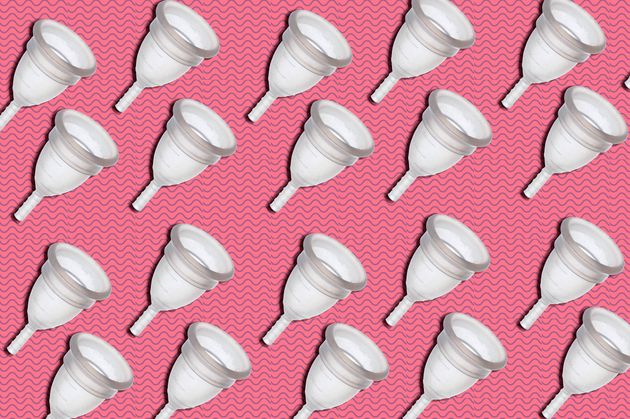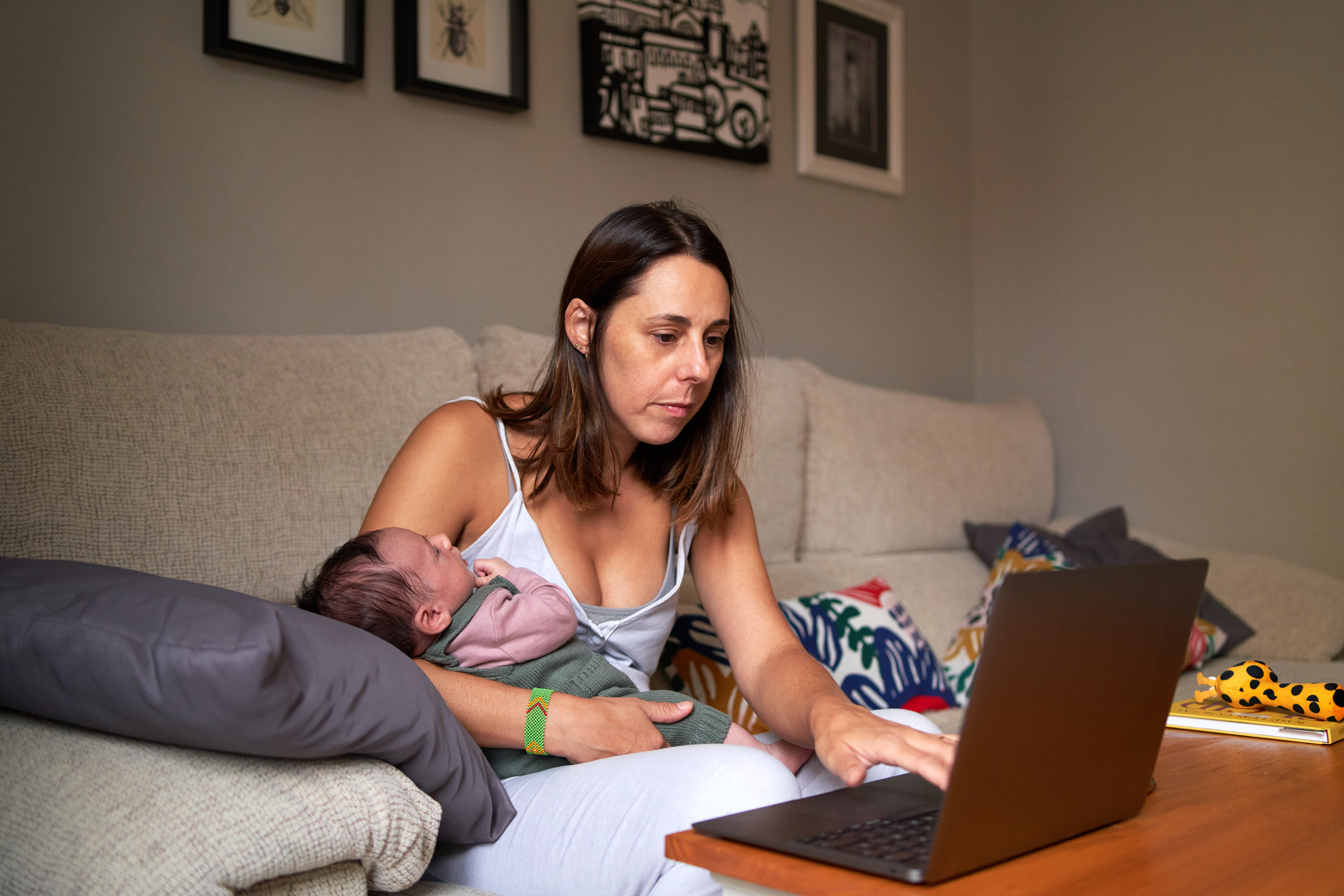
Getting off, the big O, la petite mort, cumming… There is a plethora of ways to describe the female orgasm and yet, many of us still aren’t quite making it to that final moment.
In fact, according to sexperts at Lovehoney, data shows that just 15% of women can orgasm during penetrative sex alone.
Advertisement
Additionally, 2023 research by Durex found that only 5% of women would say that they always orgasm during sex.
So, why is this?
It partially comes down to The Orgasm Gap
Of course, we know that the journey can be just as fun and enjoyable as the destination but, if we’re very honest with ourselves, not being able to orgasm can be pretty frustrating, to say the least.
The disparity between men and women having orgasms is defined as ‘the orgasm gap’.
Psychology professor Laurie Mintz wrote about this phenomenon for The Conversation and said the main reason for it “is that women are not getting the clitoral stimulation they need”.
Advertisement
“And cultural messages about the supremacy of intercourse feed into this. Indeed, countless films, TV shows, books and plays portray women orgasming from intercourse alone,” said Mintz.
“Popular men’s magazines also give advice on intercourse positions to bring women to orgasm. And while some of the positions do include clitoral stimulation, the message is still that intercourse is the central and most important sexual act.”
It can also be down to a health concern
If you can’t orgasm from penetrative sex or clitoral stimulation, you may have a condition called ‘Anorgasmia’.
Advertisement
Medical experts at Mayo Clinic explain: “Multiple factors may lead to anorgasmia. These include relationship or intimacy issues, cultural factors, physical or medical conditions, and medicines.
“Treatments can include education about sexual stimulation, sexual enhancement devices, individual or couple therapy, and medicines.”
If you are having sexual difficulties, speak to your GP or reach out to relationship experts at Relate.
Advertisement
Four steps you can take to reach orgasm
Annabelle Knight, sex and relationship expert at Lovehoney, says: “Achieving better orgasms for women involves a combination of understanding your body, communication, and addressing both physical and emotional factors.”
Get to know your own body better with masturbation
“Ensure that you don’t overlook self-exploration and masturbation,” Knight urges.
“Spending time exploring what feels good to you, and trying different techniques such as using fingers, sex toys, lube and varying positions can help you understand your body better.”
Knight reveals that while the data at Lovehoney shows that just 15% of women can orgasm during penetrative sex alone, that number jumps to 46% when using a sex toy.
Advertisement
Communicate with your partner
If you have a partner, open up to them about the problems that you’re having.
Knight advises: “Openly discussing what you both like, providing guidance during sex, and engaging in mutual exploration can help with intimacy and satisfaction from orgasm.”
That sounds pretty fun, actually.
Try to relax
Trying to coax your body into an orgasm when you’re mentally at a heightened stress level probably won’t get you very far.
Instead, Knight suggests that you try relaxing with deep breathing, meditation, or yoga, being present in the moment, and building anticipation through prolonged foreplay to heighten arousal and intensify your orgasm.
Advertisement
Check in on your emotional wellbeing
“Emotional and relationship factors are equally important when it comes to having a satisfying sex life,” adds the sexpert.
“Building emotional intimacy with a partner, addressing unresolved conflicts, and having a positive body image through self-love and acceptance will help transform how you feel in the bedroom.”
We’re rooting for you.













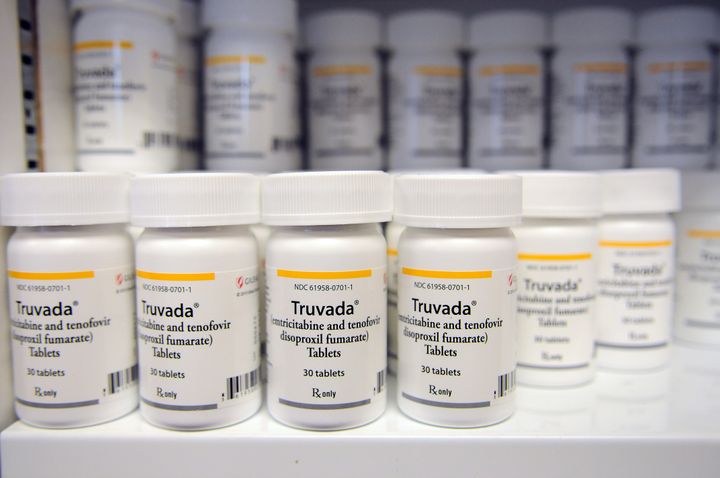
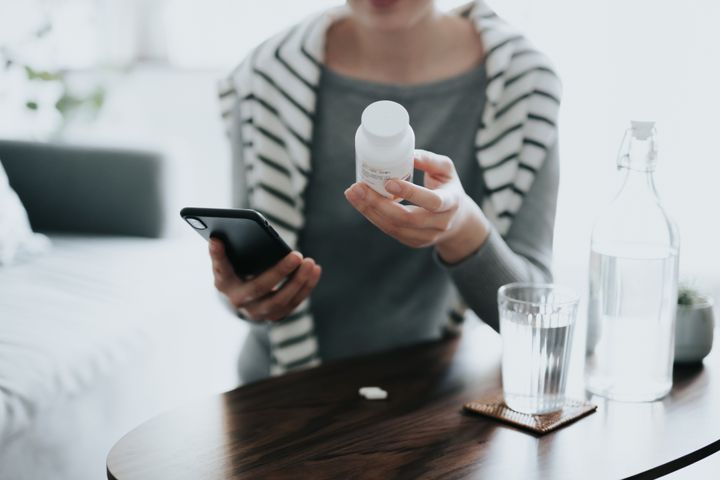



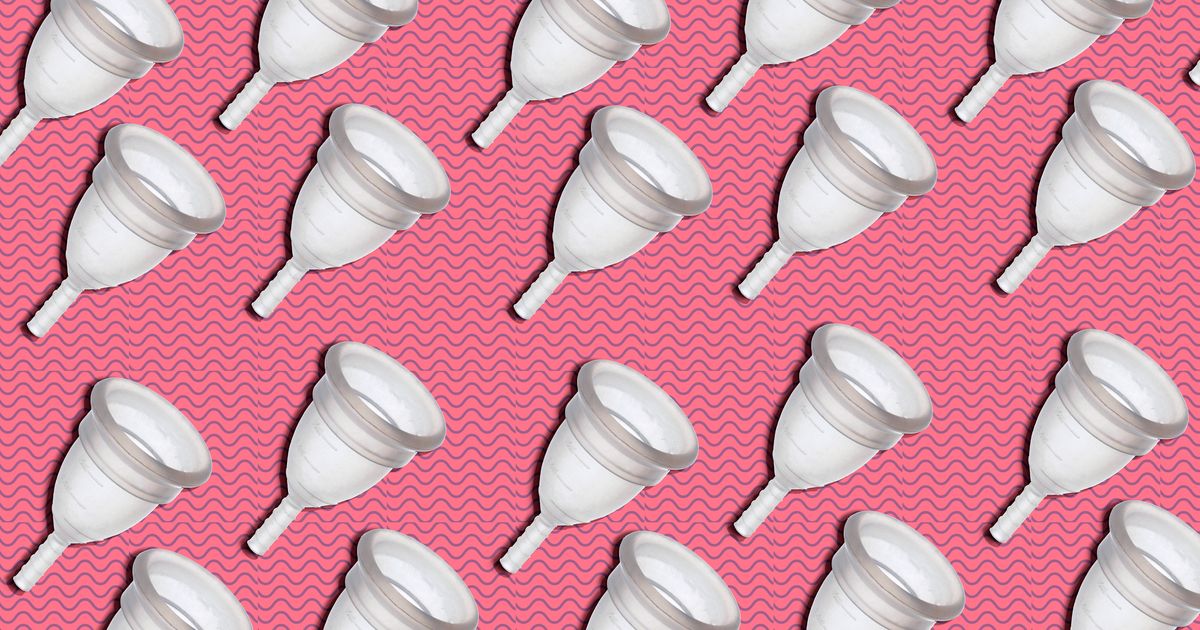
 it’s perfectly normal for some of your period blood to flow in the wrong direction and into your pelvis
it’s perfectly normal for some of your period blood to flow in the wrong direction and into your pelvis